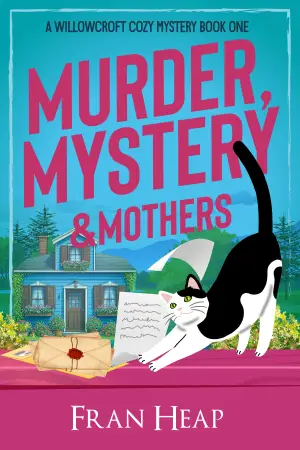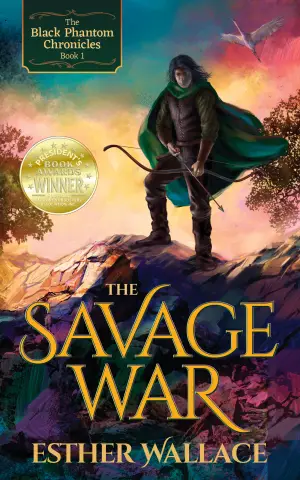A Dance with History: My Take on The Girl from Greenwich Street
There’s something intoxicating about stepping back into a pivotal moment in history, especially when it teeters on the edge of scandal and suspense. Lauren Willig’s The Girl from Greenwich Street immediately drew me in with its promise of an early American murder mystery intertwined with political intrigue and social commentary. My intrigue was only heightened knowing that behind this veil of history, figures like Alexander Hamilton and Aaron Burr were neck-deep in a courtroom drama that read more like a modern thriller than a tale from 1799-1800.
At its heart, Willig’s novel resurrects the infamous Manhattan Well murder case, deftly weaving together a tapestry of ambition, betrayal, and the intricate nuances of female reputation in a budding New York City. Central to the narrative is Elma Sands, a woman whose tragic demise reverberates through the lives of those around her. Willig’s portrayal of Elma transcends the mere label of “victim”; she emerges as a complex character shaped by her illegitimacy and the strictures of her Quaker family. The emotional depth Willig imbues in Elma, along with her cousin Catherine Ring and Hope Sands, adds layers to the story that had me both invested and questioning societal norms of the time.
What I found particularly striking was Willig’s ability to bring historical figures to life without idealization. Hamilton and Burr are not just names etched in stone; they are driven men, wrestling with their ambitions and the murky waters of justice. Willig’s attention to detail, from the sensory experiences of 1800 New York—the scent of glue opposing the salty breeze to the omnipresent threat of yellow fever—immerses the reader in a time when America was still finding its footing.
The courtroom scenes, based on contemporary transcripts, unfold with a surprising modernity that kept me on the edge of my seat. You could feel the political expedience lurking behind every legal maneuver, reflecting how power plays shape truth and justice. As the novel unfolds, themes of female reputation, political motivation, and the elusiveness of truth resonate powerfully. The juxtaposition of societal constraints on women against the backdrop of a national legal framework made me pause and reflect on the journey of justice, then and now.
However, it’s worth noting that the novel does wade into some murky waters; at times, the historical detail can slow the pacing, particularly during the trial scenes. Some characters, while intriguing, feel underdeveloped, leaving me wishing for more insight into their complexities. The epilogue, though richly informative, felt slightly detached from the emotional weight of the narrative, almost like an afterthought.
In the end, The Girl from Greenwich Street engenders a warm nostalgia and a sense of profound connection to the past, making it a compelling read for those who savor a mix of historical detail with rich character development. This is not just a story of a murder; it’s a study of human nature—jaded, earnest, flawed, and utterly fascinating.
If you find joy in historical fiction that challenges and compels you to dig a little deeper, Willig’s novel should sit on your reading list like a dog-eared reminder of a sensational chapter in history. Most significantly, it honors Elma Sands—a woman reduced to a mere footnote in history—transforming her into a voice that echoes through time. This thoughtful exploration left me contemplating how the past informs our present, making this reading experience not just a narrative escape, but a resonant reflection.
Discover more about The Girl from Greenwich Street on GoodReads >>













